1. Wood Paneling on the Walls (’70s)
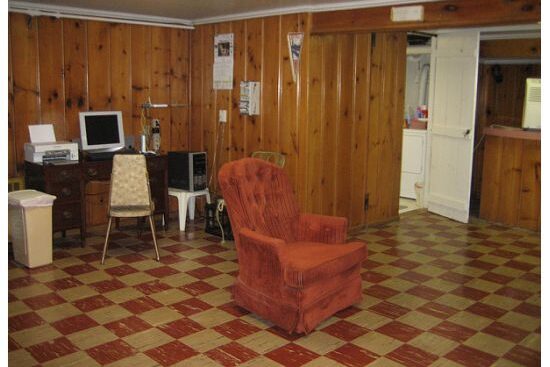
The living room was the heart of the home, and each decade had its own unforgettable look. In the ’70s, wood paneling defined walls everywhere. The faux-wood sheets darkened spaces, but they gave a warm, snug feel that families remember. It was affordable and simple to install, making it one of the most common features. Countless holiday photos and birthdays played out against these walls, making them part of family memory. Though many later tore it down, paneling gave living rooms the personality of the decade and stood as a symbol of how people lived comfortably together.
2. Shag Carpeting (’70s)
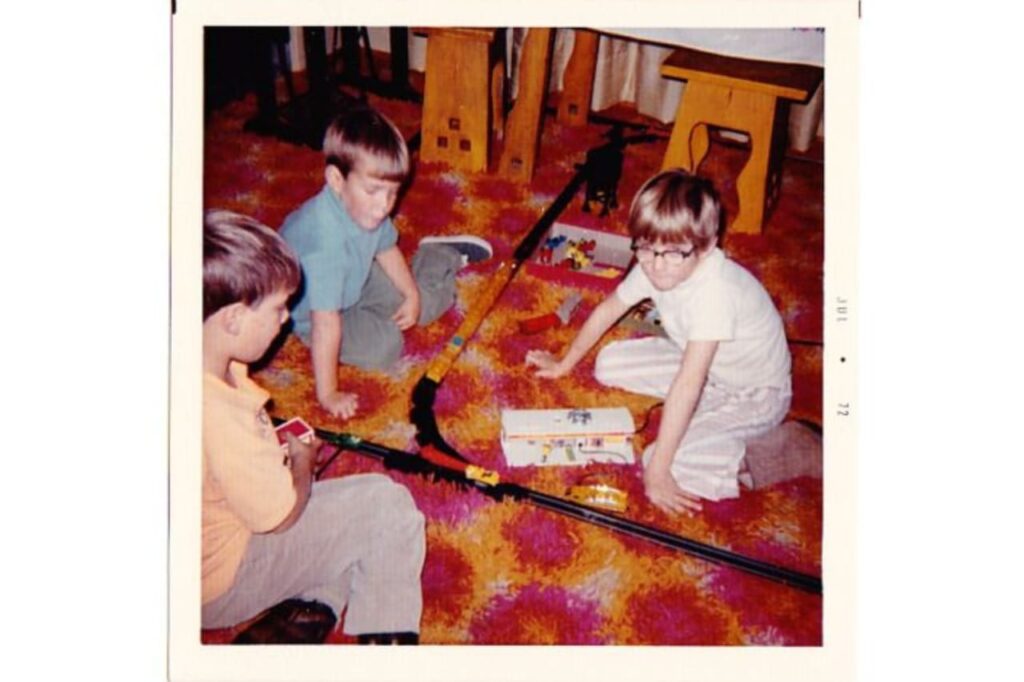
When you stepped inside a ’70s home, it was impossible to miss shag carpeting stretching wall to wall. This fluffy rug swallowed socks, toys, and crumbs with ease. Families embraced its playful side with bold colors like orange, avocado, or mustard, making the floor almost as lively as the furniture. Kids lounged across it for cartoons while parents battled with the vacuum to keep it clean. Shag wasn’t just flooring, it was a lifestyle choice, one that reflected the decade’s love for bold comfort and unconventional style that still sparks smiles in memories of cozy family spaces.
3. Console Television Sets (’70s)
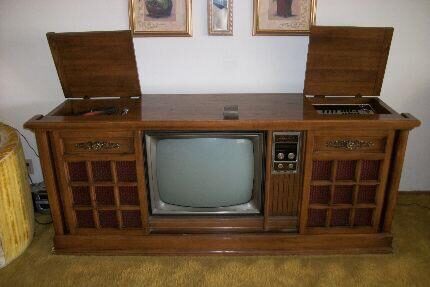
Television in the ’70s was more than a screen, it was furniture. Console TVs were big, wooden framed, and often as heavy as a refrigerator. They stood like proud centerpieces with knobs instead of remotes, and kids doubled as channel changers when parents called. Families gathered every night in front of these sets to share programs, news, or even historic moments. They brought the world into the home while also giving families their own shared traditions. More than entertainment, they created an anchor in the living room where laughter, learning, and togetherness were the true highlights.
4. Vinyl Sofa Covers (’70s)

Many families treated the living room couch like a treasure that needed guarding, which is why vinyl sofa covers were so common. These plastic slipcovers squeaked when you sat down and clung uncomfortably to bare legs in warm weather. Guests might not have enjoyed them, but parents knew they were protecting their investment. Beneath the cover, the fabric stayed perfect, ready for holidays or company visits. Children remember sticking to them and sliding across when playful. While not stylish, they captured the spirit of practicality in the ’70s, where preserving what you owned mattered just as much as display.
5. Avocado Green & Harvest Gold Décor (’70s)
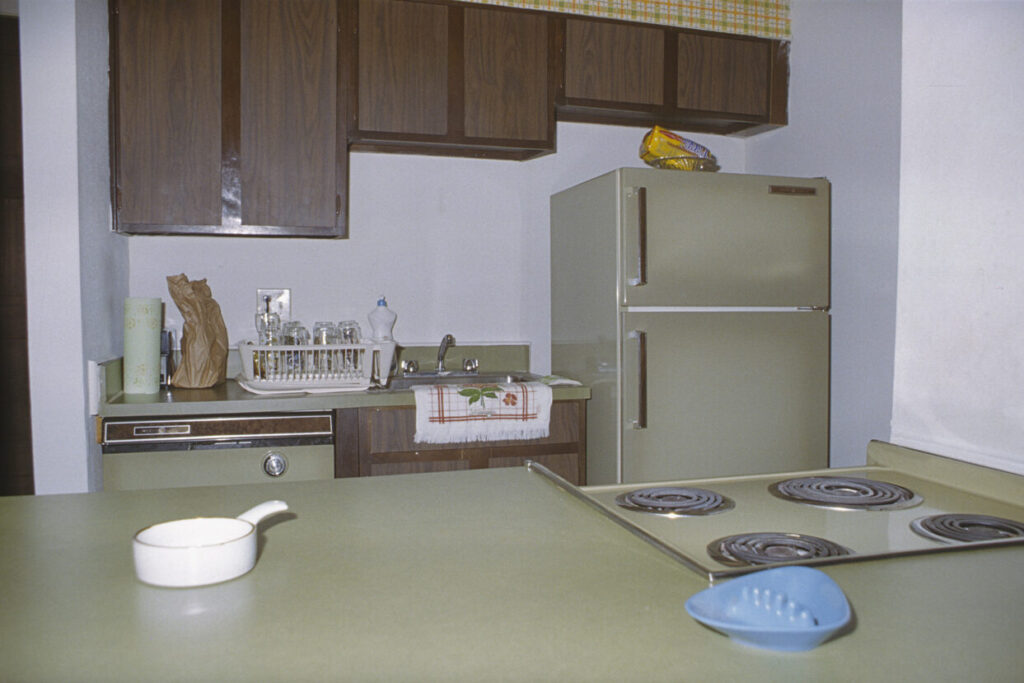
Color defined the ’70s, and avocado green with harvest gold ruled the living room. These earthy shades appeared on carpets, throw pillows, curtains, and even lamps. Families thought the palette looked natural and stylish, mixing easily with wood paneling and other bold décor. The green felt vibrant while the gold carried warmth, creating an unmistakable blend that defined the era. Some may find it outdated now, but these tones became part of every household’s memory. It was the look of family gatherings, laughter, and cozy evenings, a style that remains unforgettable for its bold confidence and signature charm.
6. Macramé Plant Hangers (’70s)
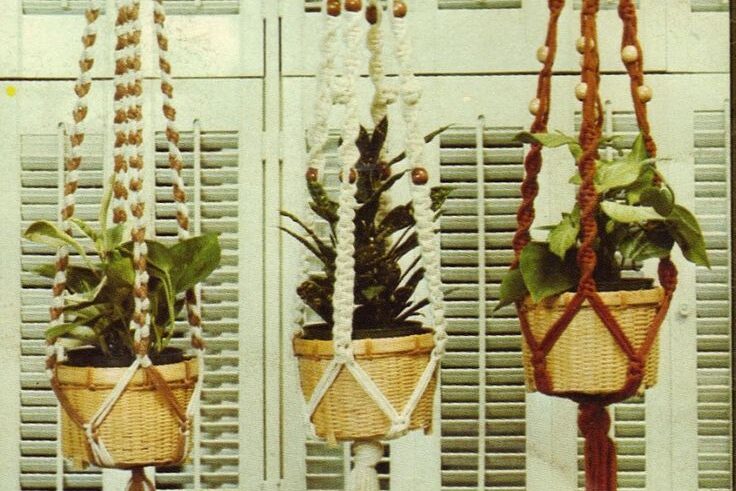
The ’70s embraced handmade touches, and macramé plant hangers dangled proudly in living rooms. Crafted from knotted ropes, they held spider plants or ferns, giving the space a soft and natural feel. Often homemade or gifted, they reflected a love for crafting and a nod to the bohemian spirit of the time. Their presence balanced the heavier furniture and wood tones by adding greenery overhead. Families enjoyed the little burst of life they brought into a room. Whether simple or elaborate, macramé plant hangers turned living rooms into cozy retreats and carried the personal warmth of handmade details.
7. Lava Lamps (’70s)
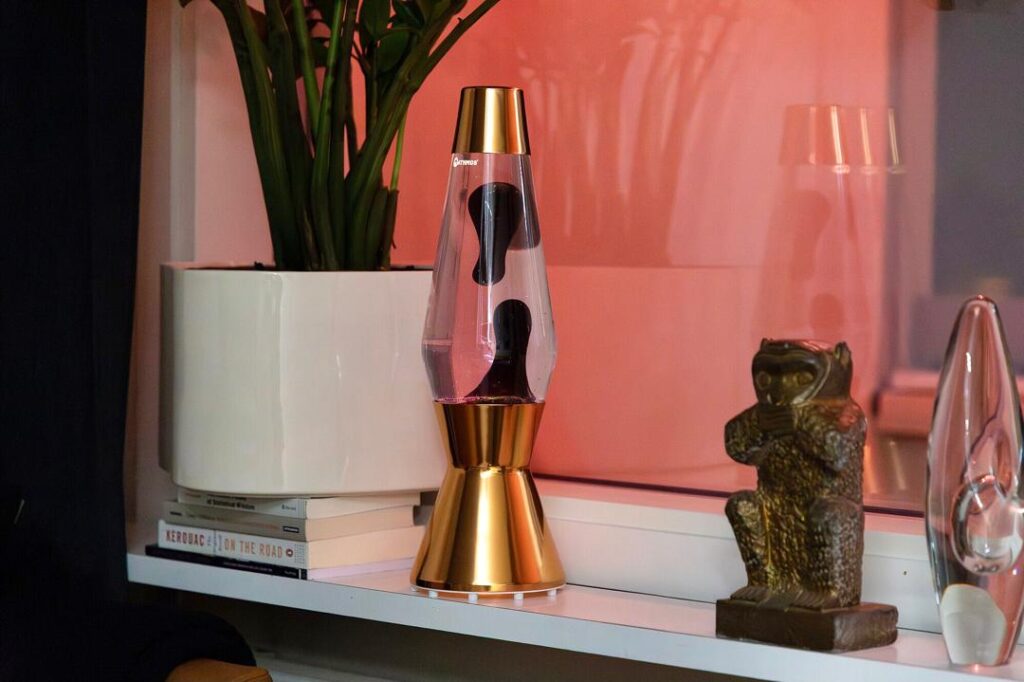
Few items set the mood of a room like the lava lamp. Sitting on tables or shelves, its glowing blobs drifted endlessly, creating a hypnotic effect that drew children and adults alike. Each lamp pulsed with color, from soft blue to deep red, adding a fun and groovy atmosphere. It was part decoration and part entertainment, casting a gentle glow that made evenings at home more relaxed. They sparked conversation during gatherings and gave living rooms a playful energy. Even today, just seeing one takes people back to the ’70s when simple objects could define an entire vibe.
8. Curio Cabinets (’70s)
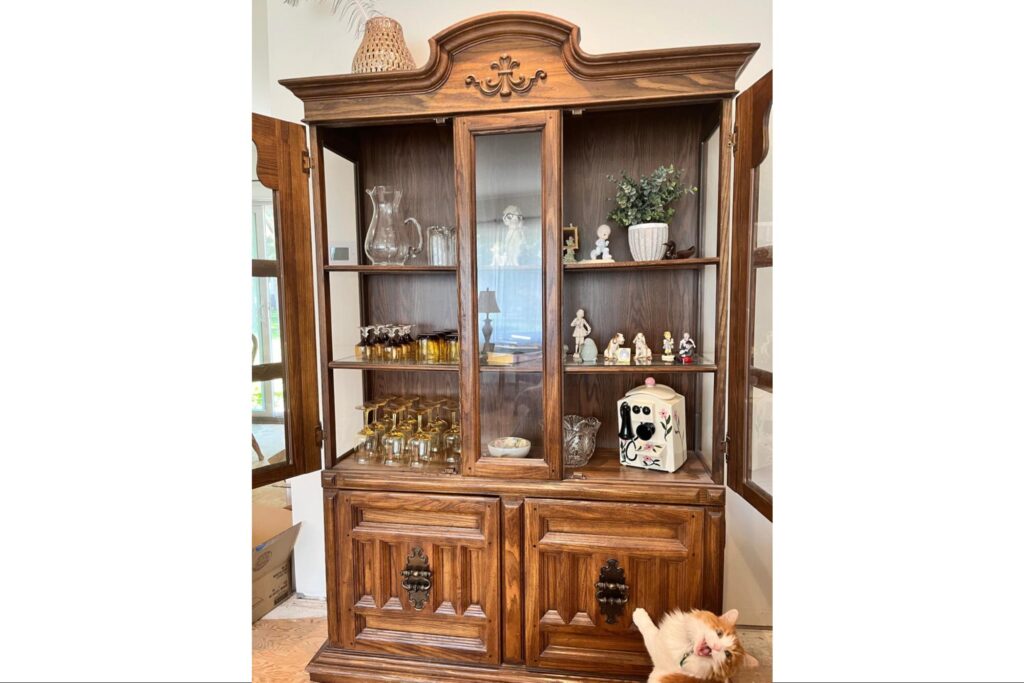
Living rooms often showcased curio cabinets, glass-fronted displays filled with treasures of every kind. Figurines, heirlooms, or travel souvenirs lined the shelves, and each piece carried its own story. Guests paused to admire the collection, while parents dusted carefully to keep it spotless. The cabinet wasn’t simply furniture, it was a stage where families proudly showed their lives in objects. For many children, peeking into the cabinet was like looking into history. It gave the living room both charm and a sense of tradition, where every piece meant more than decoration, it was memory frozen behind glass.
9. Big Boxy Televisions (’80s)
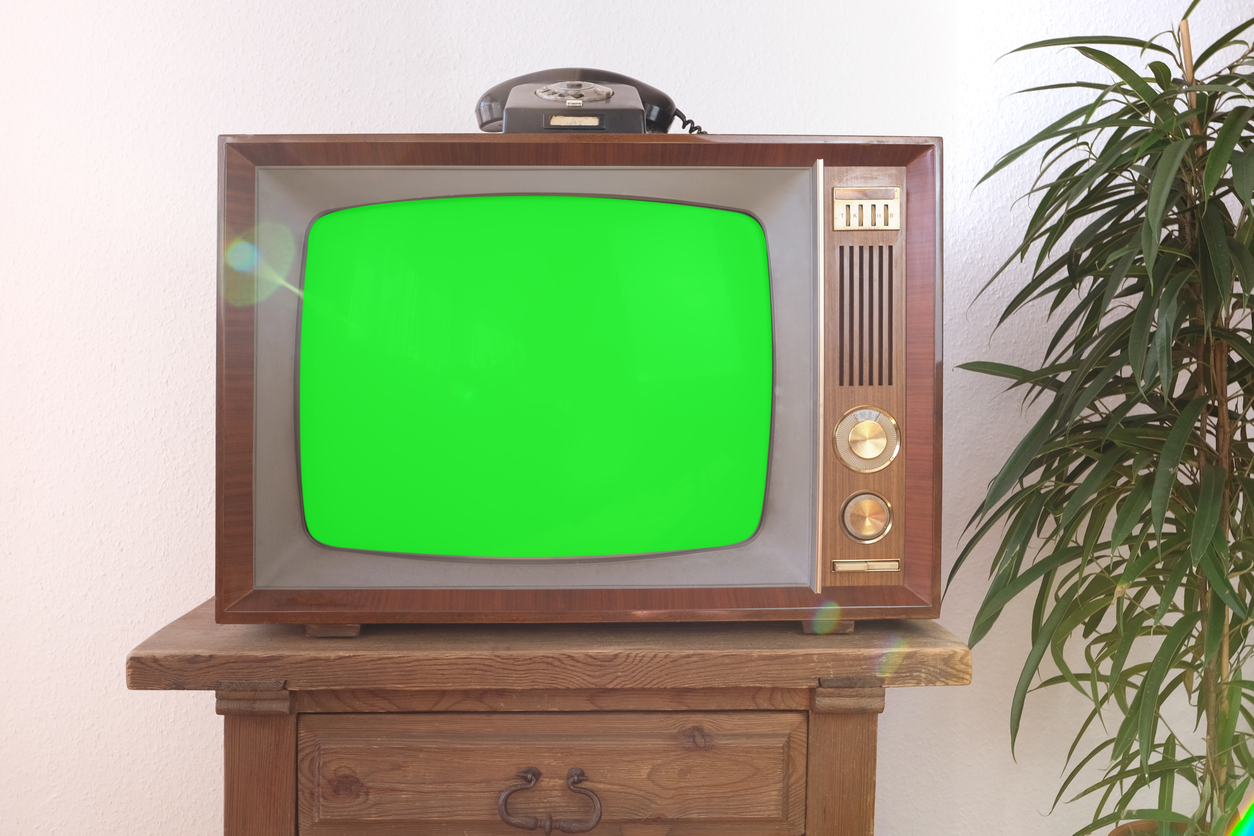
By the ’80s, televisions grew bigger but still held their heavy, boxy frames. These sets dominated the room, resting on large stands or nestled into entertainment centers. The real shift came with the arrival of remote controls, which ended the era of kids jumping up to change the channel. Families spent hours around these larger screens, watching everything from sitcoms to evening news. Despite their bulk, they felt modern and exciting, promising sharper images and better sound. They made the living room an even stronger hub of entertainment, continuing the tradition of gathering together to share the screen.
10. VHS Players and Tapes (’80s)
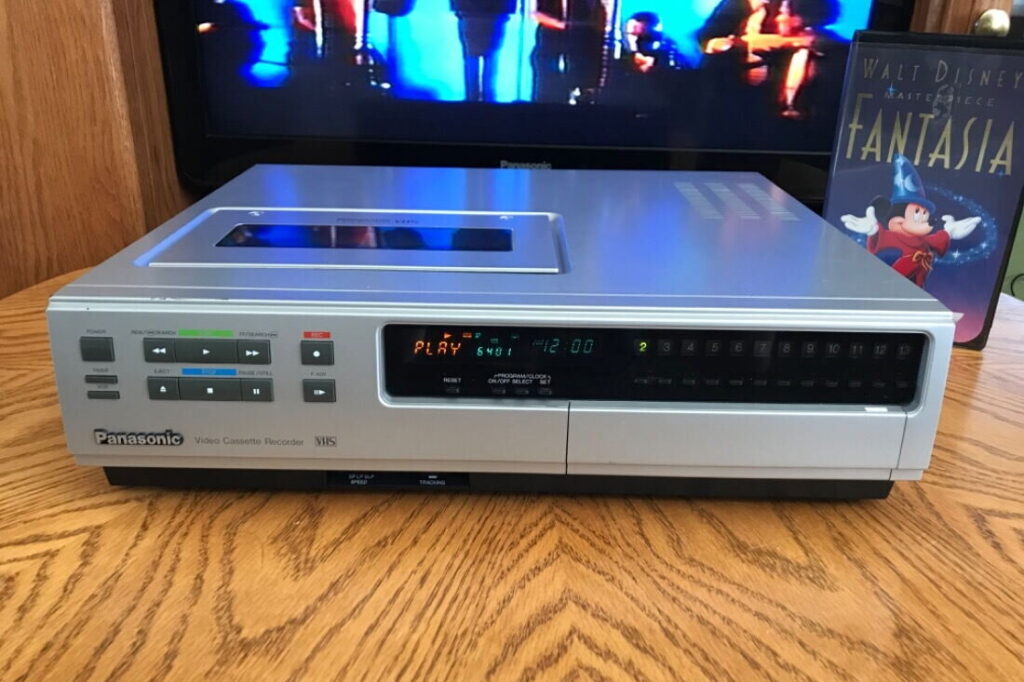
When VHS players arrived in living rooms, it felt like magic. Families could finally watch movies at home, pausing and rewinding whenever they pleased. Shelves filled with black plastic tapes, and every rental carried the reminder to “Be Kind, Rewind.” Kids loved browsing video stores on weekends, picking cartoons or action flicks. Parents recorded sitcoms and specials to watch later, turning the living room into a personal theater. VHS tapes quickly became part of family life, stacking high in cabinets and drawers. They changed how evenings looked, giving everyone more freedom and choice during movie and TV nights.
11. Nintendo Entertainment System (’80s)
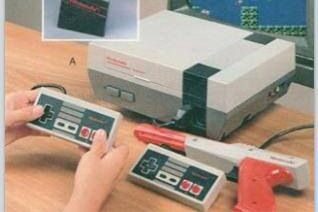
By the mid-’80s, video games moved from arcades into the living room with the Nintendo Entertainment System. The chunky cartridges and gray controllers created hours of fun with games like Super Mario Bros. and Duck Hunt. Friends gathered to play late into the night, trading turns and cheering each other on. Parents sometimes frowned at the screen time, but the excitement was hard to deny. Nintendo transformed family spaces into gaming hubs, proving that entertainment wasn’t just about television anymore. It created new traditions, endless laughter, and sparked the gaming culture that continues to thrive in households today.
12. Glass Coffee Tables (’80s)
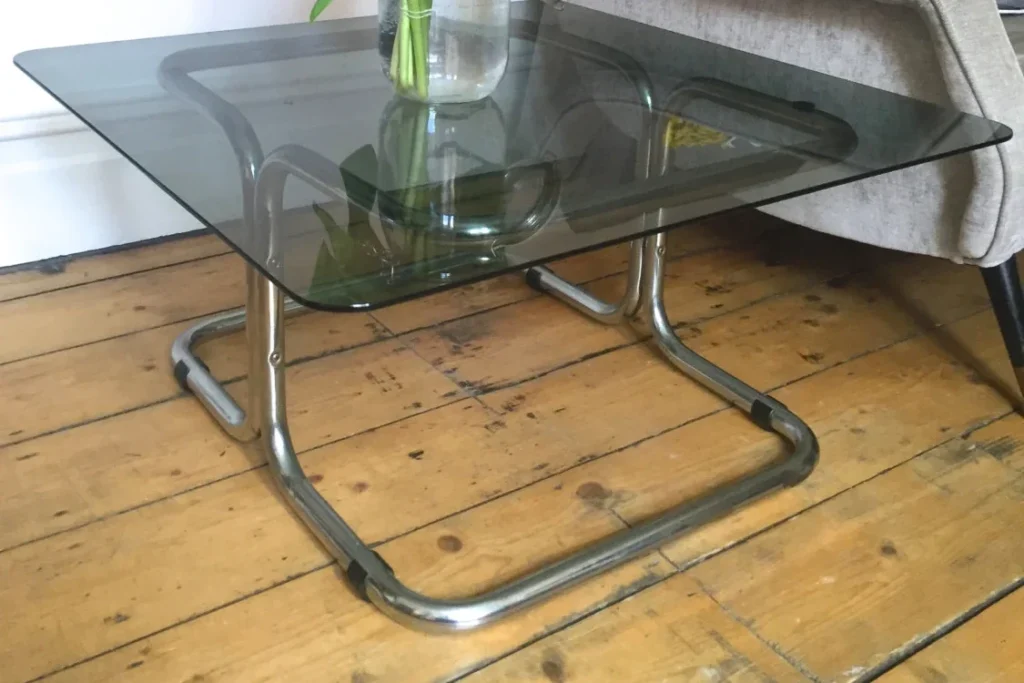
Nothing said sleek and modern in the ’80s quite like a glass coffee table. With chrome or brass frames, they gave the living room a touch of shine and polish. They held magazines, drinks, and the occasional bowl of popcorn during movie nights. Kids often bumped into the sharp corners, which left many parents worrying, but the style outweighed the risk. Glass tables reflected the decade’s love for clean lines and glamorous touches. Though not the coziest piece of furniture, they became conversation starters and gave homes the chic look families wanted to show off when entertaining.
13. Pastel or Neon Artwork (’80s)
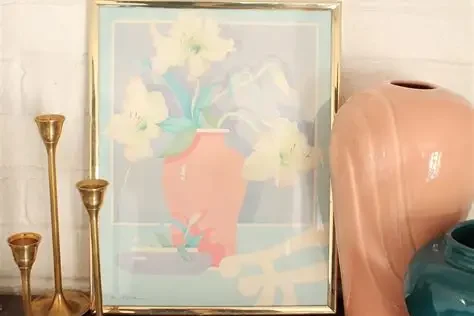
Living rooms brightened in the ’80s with pastel or neon artwork splashed across walls. From flamingo and palm tree prints to abstract shapes in pink, teal, and electric green, these pieces brought energy into the space. Inspired by shows like Miami Vice, they carried a playful, modern edge that matched the decade’s flash. Families proudly hung these posters or framed prints, often pairing them with bold furniture or shiny surfaces. The artwork gave every living room a unique personality, showing that style mattered just as much as comfort. It was a colorful statement of the times, impossible to miss.
14. Floral Sofas (’80s)
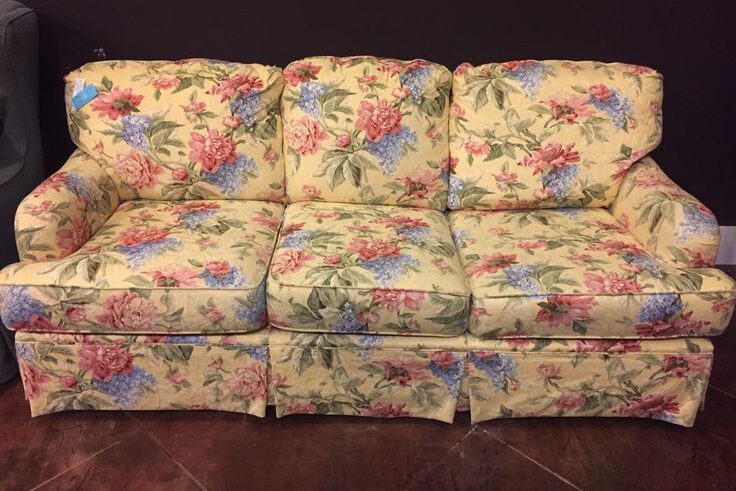
Overstuffed floral sofas became a staple of ’80s living rooms. The busy patterns covered entire couches, from seat cushions to armrests, leaving little room for subtlety. Families lounged together across these enormous sofas for hours of television, conversations, or board games. Despite the bold designs, they radiated coziness, providing soft spaces to gather. Guests sank into them during visits, while kids sprawled across them with toys and snacks. The floral print made homes feel lively and warm, even if it clashed with nearly everything else. They became a familiar sight, wrapping comfort and style into the heart of every home.
15. Entertainment Centers (’80s)
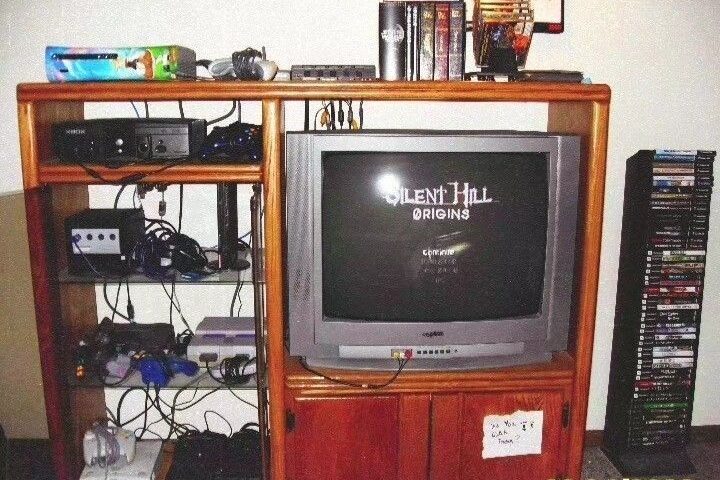
No piece of furniture loomed larger in an ’80s living room than the entertainment center. Massive wooden units stretched wall to wall, holding televisions, VHS players, stereo systems, and even knickknacks or photo albums. They dominated the space, turning the living room into a central stage for technology and décor alike. Families used them to organize clutter, even if the shelves quickly filled with tapes, records, or toys. Though heavy and impossible to move, entertainment centers symbolized modern living. They showcased pride in owning the latest gadgets and brought everything together under one oversized, unforgettable structure.
16. Cordless Phones with Long Antennas (’80s)
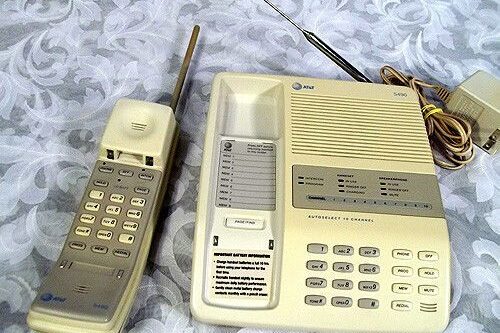
One of the most exciting upgrades of the ’80s was the cordless phone. Finally, no one was tied to the kitchen wall during long conversations. With their comically long metal antennas, these phones buzzed with static but felt futuristic. Teenagers carried them into living rooms, pacing while chatting with friends. Parents sometimes worried about privacy since neighbors occasionally picked up the same signal. Still, they gave families more freedom and flexibility in communication. These cordless phones symbolized independence, letting conversations drift comfortably into the heart of the home without cords tangling across the living room floor.
17. Big Stereo Systems (’80s)
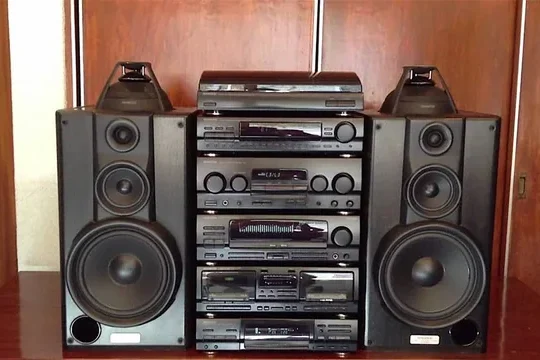
Music filled living rooms in the ’80s thanks to big stereo systems. Stacked units with tape decks, equalizers, and massive speakers gave homes the feel of small clubs. Families gathered for dance nights, blasting pop hits or rock anthems until the windows shook. Parents showed off their collections of cassette tapes or vinyl records, carefully arranged for easy access. Teenagers recorded mixtapes late at night, personalizing soundtracks for school days and friendships. These systems weren’t just for music, they were about community and pride, turning the living room into a stage where every song could become a family memory.
18. Art by Patrick Nagel (’80s)
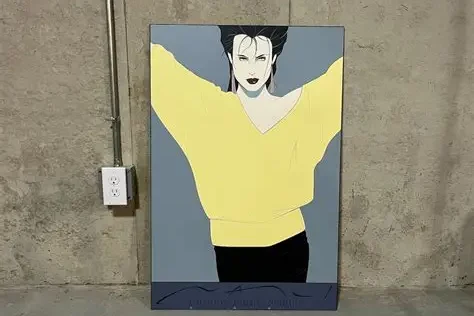
Living rooms across America hung prints of Patrick Nagel’s distinctive artwork. Known for his sleek portrayals of women with pale skin, bold lips, and sharp haircuts, his style became an instant icon of the decade. The minimal lines and cool tones matched the era’s love for glamour and sophistication. Families framed his art to add modern edge, while it also popped up in posters and magazines. His work brought a touch of fashionable nightlife into the quiet of the home, connecting everyday spaces to broader cultural trends. It became a stylish symbol of the decade’s unmistakable identity.
19. Neon Décor (’80s)
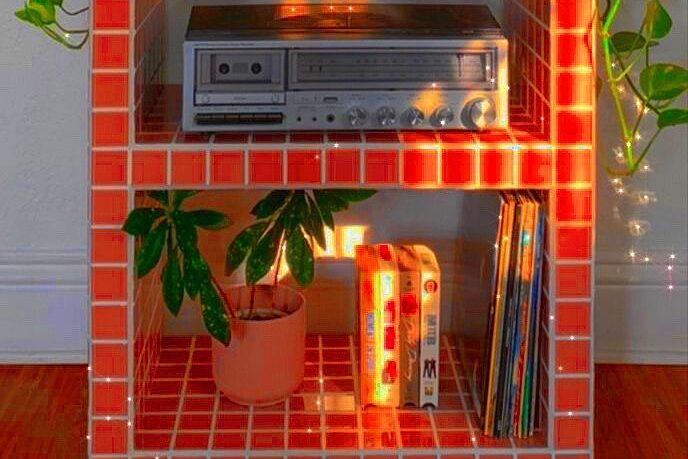
From neon clocks to glowing wall art, neon décor brought the energy of nightlife straight into living rooms. Bright greens, pinks, and blues lit up corners, making spaces feel modern and electric. Kids found them exciting, while parents enjoyed the playful vibe they gave to otherwise ordinary rooms. Whether it was a neon palm tree lamp or a glowing clock, these accents carried the boldness of the decade. Neon was flashy, unapologetic, and impossible to ignore, capturing exactly what the ’80s were all about. They transformed living rooms into lively spaces that shined brightly with personality.
20. Big Tube Televisions (’90s)
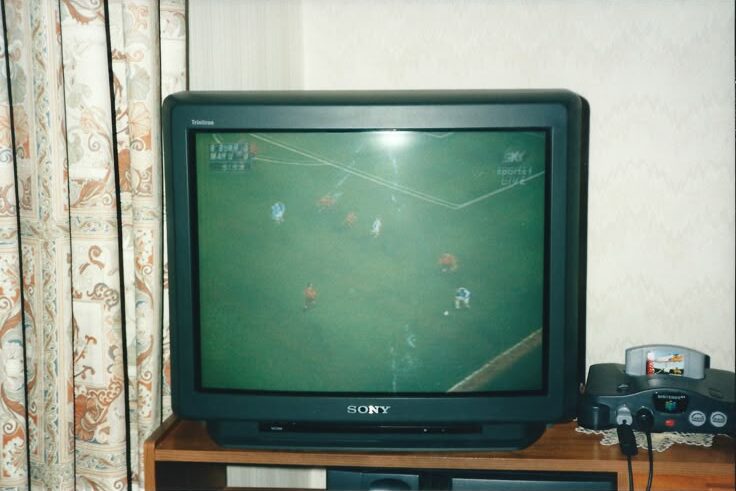
By the ’90s, televisions had grown into gigantic tube sets that practically swallowed living rooms. Rear-projection models promised cinematic experiences but weighed a ton and took up huge amounts of space. Families gathered in awe of their size, enjoying sports, sitcoms, and Saturday movie marathons. They often sat as the undeniable focal point of the room, with furniture arranged around them. Despite their bulk, they felt like an exciting leap into modern technology. For many, these televisions were the crown jewel of the living room, delivering the best picture of the time and creating countless shared memories.
21. Disney Clamshell Tapes and VHS Libraries (’90s)
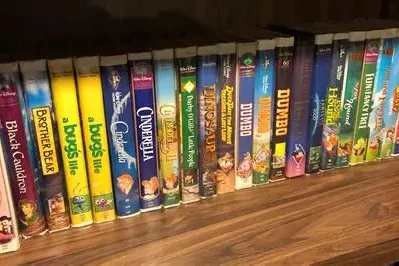
In the ’90s, every living room shelf seemed to hold rows of chunky white Disney clamshell VHS tapes. Families proudly displayed classics like The Lion King, Beauty and the Beast, and Aladdin, alongside shelves filled with taped sitcoms or weekend blockbusters. Kids watched their favorites repeatedly, rewinding until the tape wore thin. Parents saw these collections as small libraries, always ready for a cozy movie night. They gave living rooms a playful, colorful touch, reminding everyone that movies were not just entertainment but part of growing up. VHS libraries became a snapshot of family tastes and childhood joy.
22. DVD Players (’90s)
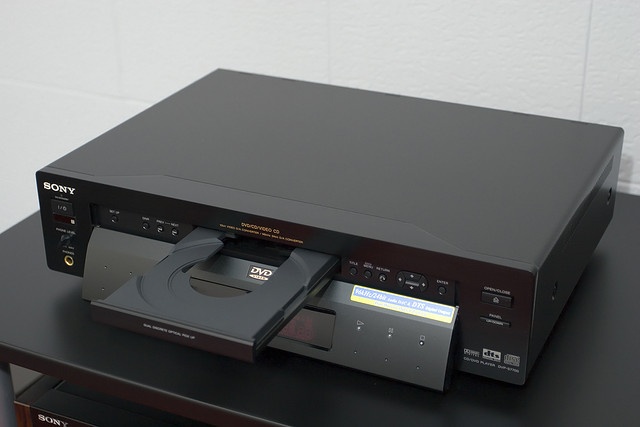
Near the end of the ’90s, DVD players made their debut in living rooms, dazzling families with crisp images and sleek discs. No more rewinding, no more bulky cases, just shiny discs that felt futuristic. Families tested them out with hits like The Matrix or Jurassic Park, amazed by the clarity. DVD players quickly became a prized possession, showing off the future of movie watching. Shelves began shifting from VHS tapes to stacks of slim DVD cases. They marked the beginning of a new era, bringing modern convenience into the living room while still keeping movie nights a treasured tradition.
23. Recliner Sofas and Chairs (’90s)
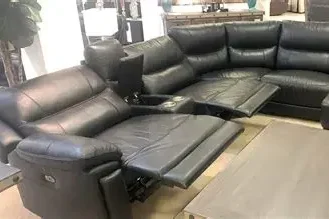
Comfort reigned supreme in the ’90s, and recliner sofas and chairs delivered. With built-in cup holders, hidden storage, and cushioned arms, they invited families to sprawl out for TV marathons or gaming sessions. Sectionals stretched across rooms, leaving plenty of space for everyone to sink in. Parents relaxed after long days, kids lounged with snacks, and guests always found a spot to sink into. These overstuffed recliners defined the decade’s cozy aesthetic, prioritizing relaxation over formality. Living rooms became casual retreats where family life unfolded naturally, shaped by the soft, welcoming furniture that held it all together.
24. Cordless Phones with Caller ID (’90s)
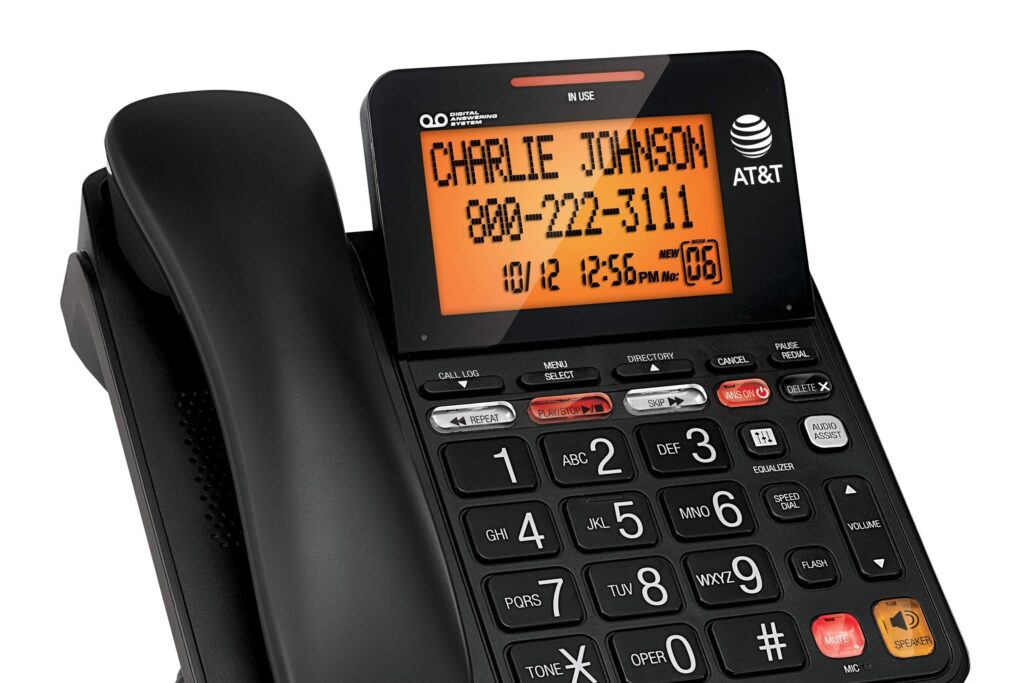
The ’90s brought sleeker cordless phones that now displayed Caller ID, a game changer at the time. Families no longer had to answer calls blindly, which gave more control and fewer unwanted interruptions. Phones rang from coffee tables and side stands, their glowing screens revealing names or numbers. Teenagers loved knowing who was calling before picking up, while parents enjoyed the convenience. Caller ID quickly became a household staple, cementing the living room’s role as communication central. These phones blended modern technology with everyday family life, proving that even small upgrades could change daily routines in meaningful ways.
25. Answering Machines (’90s)
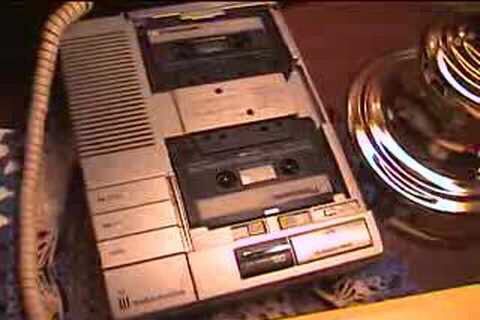
Answering machines were a ’90s necessity, flashing red lights that announced waiting messages. Families recorded creative greetings, often featuring every member saying hello. Returning home, the first stop was usually the machine, replaying missed calls and scribbling notes on scraps of paper. They sat next to the phone, tucked on side tables or entertainment centers, always in view. For many, the sound of the tape rewinding became part of daily life. The answering machine gave households a way to stay connected even when no one was home, quietly shaping the rhythm of living room communication.
26. Beepers and Pagers (’90s)
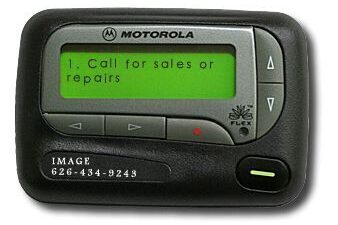
Before everyone had a cell phone, beepers and pagers buzzed on coffee tables across the ’90s. Small and simple, they alerted kids, parents, or professionals that someone was trying to reach them. When the vibration or beep went off, the scramble began to find a phone to return the call. Though basic, they gave families a sense of connection and urgency. For teenagers, they carried a hint of status, flashing codes or messages from friends. Sitting quietly in living rooms, pagers reflected the shift toward faster communication, reminding families that the digital age was quickly closing in.
27. Super Nintendo, Sega, and PlayStation (’90s)
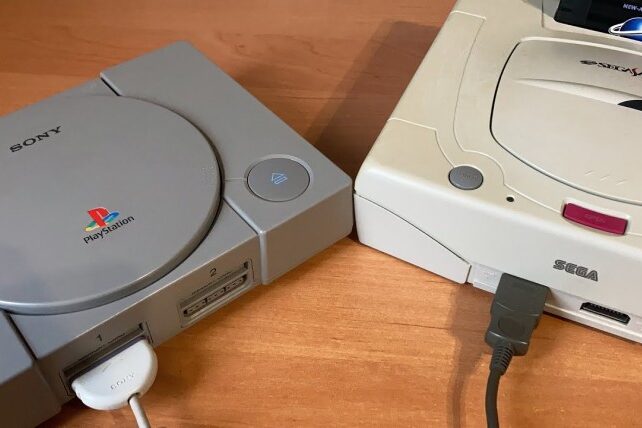
Gaming exploded in the ’90s with the rise of Super Nintendo, Sega Genesis, and PlayStation. Living rooms turned into battlegrounds for Mario Kart races, Sonic speed runs, and Crash Bandicoot adventures. Friends crowded together, controllers in hand, shouting through victories and defeats. Parents watched as the television became more than a place for shows, it became an arena for imagination and competition. These consoles gave kids new worlds to explore and brought families together for hours of fun. The gaming culture that blossomed then has never left, but its roots were firmly planted in those unforgettable living room sessions.
28. Stacks of CDs and Towers (’90s)
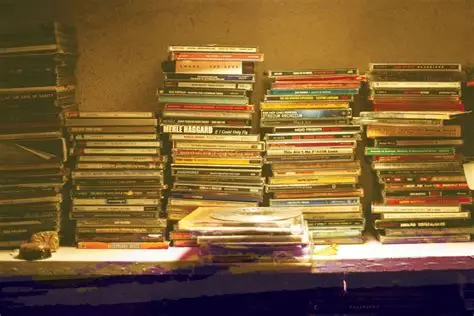
Music shifted again in the ’90s, this time to shiny CDs. Jewel cases stacked high in towers became a staple of every living room. From grunge and hip hop to pop icons like NSYNC or Britney Spears, collections grew quickly. Families organized them alphabetically or simply piled them near the stereo. Teenagers flipped through them endlessly, picking the perfect soundtrack for the mood. The CD tower stood tall as a symbol of music pride, showcasing personal taste and the era’s endless new releases. Together, they turned the living room into a space filled with rhythm, variety, and personality.
29. Computer Desks and Dial-Up (’90s)
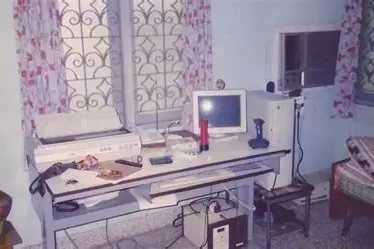
By the late ’90s, many living rooms squeezed in computer desks with bulky CRT monitors. AOL chat rooms and dial-up tones filled the air as families explored the early internet together. Kids logged on after school, parents checked emails, and everyone waited impatiently for pages to load. The desk often sat in the corner, blending into entertainment spaces yet representing a huge shift in daily life. While technology was clunky, it felt exciting and full of possibility. Living rooms became the first gateways to a digital future, carrying both the sound of laughter and the unforgettable hum of dial-up.
30. Remote Control Chaos (’90s)
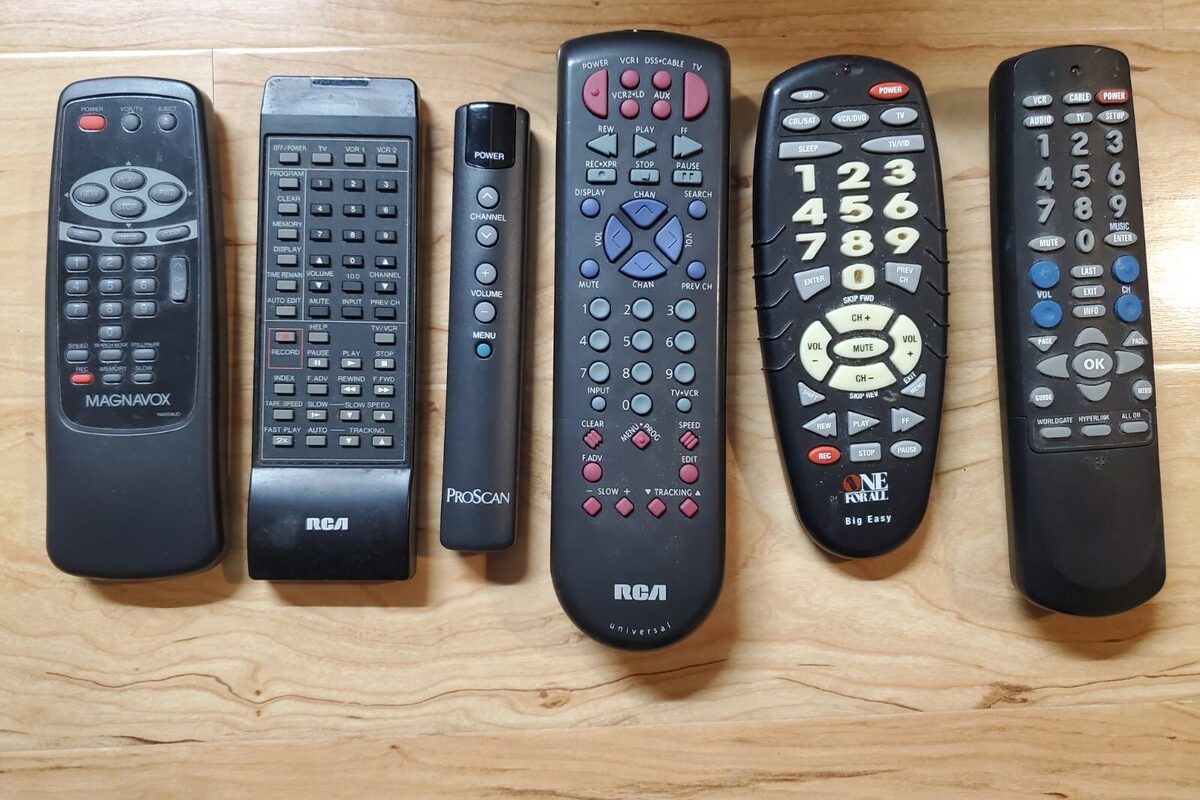
By the end of the ’90s, the coffee table was often buried in remote controls. Televisions, VCRs, DVD players, stereos, and cable boxes each had one, leaving families fumbling to find the right device. Losing a remote turned into a household scavenger hunt, with cushions lifted and corners searched. Despite the chaos, the pile of remotes reflected how entertainment had multiplied, giving families more options than ever before. It marked the shift from simple setups to complex living room systems. The clutter of remotes was a fitting symbol of the times, closing out decades of evolving family life.
The living room tells the story of how we lived. The ’70s gave us warmth and clutter, the ’80s brought flash and technology, and the ’90s balanced comfort with the first steps into the digital world. Each decade left its mark, and each remains unforgettable.
This story 30 Things You’d Almost Always Find in a ’70s, ’80s, or ’90s Living Room was first published on Daily FETCH


